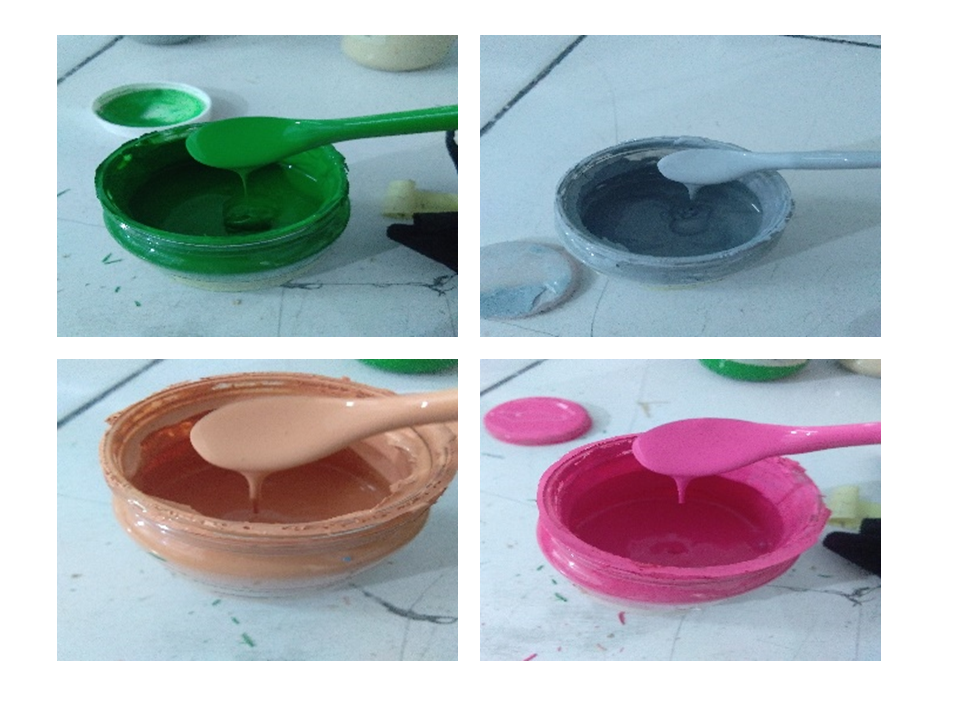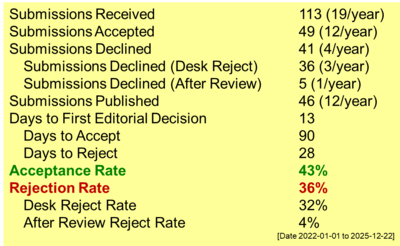Effect of Acid-Based Level on Storage Acrylic Emulsion Paint
DOI:
https://doi.org/10.55749/ijcs.v1i1.4Keywords:
Paint, Acrylic emulsion paint, Acid-basedAbstract
In the present study, a novel methodology was developed for the assessment of acid-based effect levels on the storage acrylic emulsion paints., It was found that the acrylic emulsion paint was clumping and smelled bad on the organoleptic test. Most bacterial growth on the microbiological test. This occurred in the acrylic emulsion paint sample which had a pH level of 7. Microbiological checking found little bacterial growth in the paint which had a level of pH 9, which is relatively safe in the storage process for 30 days and has good results in organoleptic and microbiological tests.
References
Cahyadi, D. & Puspita, D.F. 2019. Pengembangan Formulasi Cat Tembok Emulsi Berbahan Acrylic Untuk Meningkatkan Daya Saing Ikm. J. Teknol. Bahan dan Barang Tek. 4(1). 1-6. doi: 10.37209/jtbbt.v4i1.40. https://doi.org/10.37209/jtbbt.v4i1.40
Jayakishan, B., Nagarajan, G., & Arun, J. 2019. Co-thermal liquefaction of Prosopis juliflora biomass with paint sludge for liquid hydrocarbons production. Bioresour. Technol. 283. 303-307. doi: 10.1016/j.biortech.2019.03.103. https://doi.org/10.1016/j.biortech.2019.03.103
Fardi, T., Pintus, V., Kampasakali, E., Pavlidou, E., Schreiner, M., & Kyriacou, G. 2018. Analytical characterization of artist's paint systems based on emulsion polymers and synthetic organic pigments. J. Anal. Appl. Pyrolysis. 135. 231-241. doi: 10.1016/j.jaap.2018.09.001. https://doi.org/10.1016/j.jaap.2018.09.001
Topçuoǧlu, Ö., Altinkaya, S.A., & Balköse, D. 2006. Characterization of waterborne acrylic based paint films and measurement of their water vapor permeabilities. Prog. Org. Coatings. 56(4). 269-278. doi: 10.1016/j.porgcoat.2006.02.003. https://doi.org/10.1016/j.porgcoat.2006.02.003
Ren, Y., Cai, J., Cheung, H., Shao, H., Au, K., Chow, T., Wen, W., Ling, L., & Chen, S. 2022. Controlling microbial activity on walls by a photocatalytic nanocomposite paint: A field study. Am. J. Infect. Control. 50(4). 427-434. doi: 10.1016/j.ajic.2021.09.005. https://doi.org/10.1016/j.ajic.2021.09.005
Nasional, B.S. 2014. Cat tembok emulsi. SNI 3564. 2014.
Apriliani, N.F. & Aniriani, G.W. 2017. Analisis Uji Mikrobiologi dan Logam Berat pada Scrub Berbahan Dasar Kapur Sirih. J. Ilm. Sains. 17(2). 126-130. doi: 10.35799/jis.17.2.2017.17279. https://doi.org/10.35799/jis.17.2.2017.17279
Etim, L. & Antai, S. 2014. The effects of temperature and pH bacterial degradation of latex paint in humid environment. Glob. J. Pure Appl. Sci. 20(2). 89-94. doi: 10.4314/gjpas.v20i2.2. https://doi.org/10.4314/gjpas.v20i2.2

Downloads
Published
How to Cite
Issue
Section
License
Copyright (c) 2022 Indonesian Journal of Chemical Studies

This work is licensed under a Creative Commons Attribution-ShareAlike 4.0 International License.






















